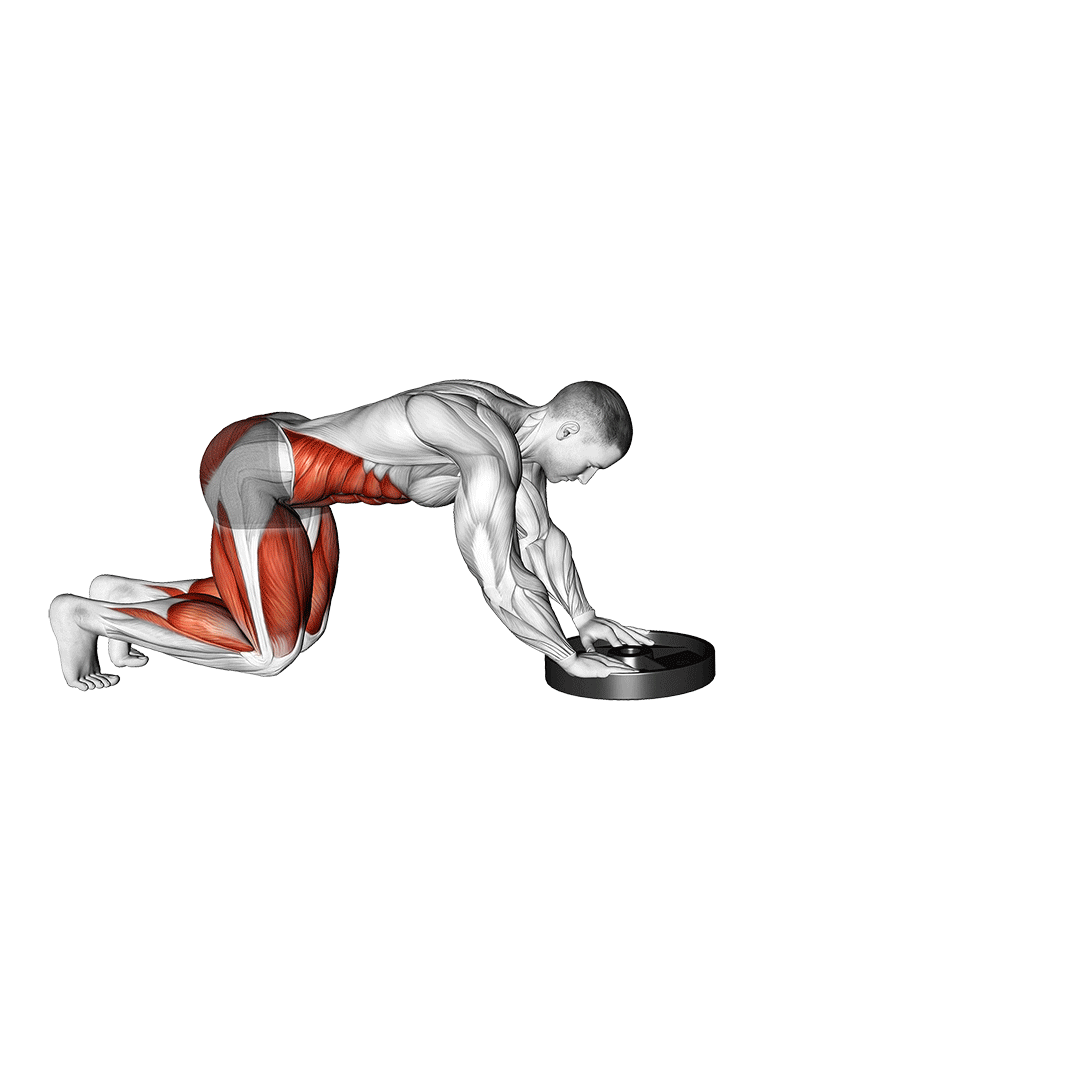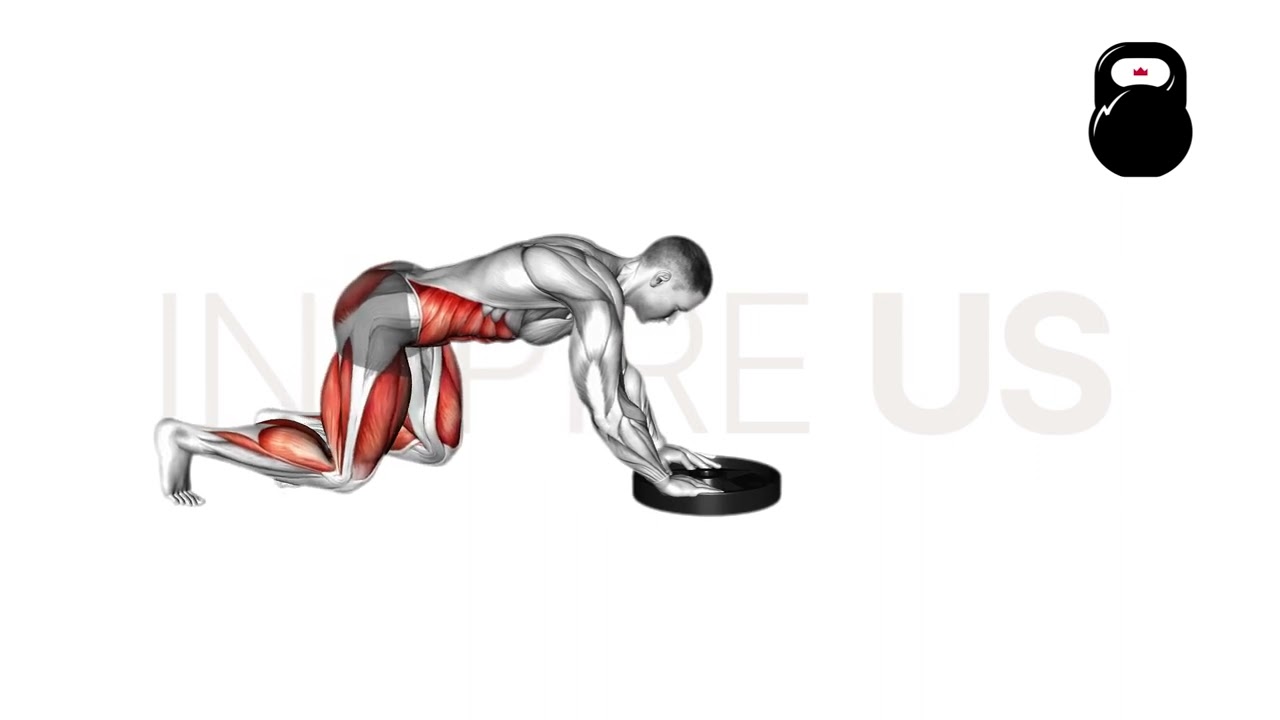What are the Benefits of Doing Plate Pushes?
Plate pushes are performed for a wide variety of purposes, the most immediately relevant being the development of strength, explosiveness, endurance and power throughout the entire body.
Benefits of the Plate Push Movement
Excellent for Building Full Body Strength, Explosiveness and Power
Performing plate pushes with regularity improves practically every physical aspect of the body. Be it strength, endurance, quadriceps mass or overall explosiveness, adding plate pushes into your routine will likely help.

Of course, the manner in which plate pushes are performed will help focus on specific forms of physical development. Greater load, more explosiveness or greater speed all develop strength, speed, explosiveness or power, whereas distance and time aid with endurance and caloric expenditure.
Develops Upper Body Stability and Endurance
Even if the upper body is recruited solely in an isometric manner, plate pushes can develop stability and endurance throughout the back, shoulders and arms.

This comes on account of the position the lifter must maintain while performing a plate push, requiring significant isometric contraction in what is essentially a mountain climber or high plank stance.
Over time, this improves the endurance capacity of the upper body’s muscles and strengthens their ability to contract in a static manner.
For the best results, aim to keep the back as flat as possible and the core fully contracted throughout the entire length of the plate push set.
Both an Aerobic and Anaerobic Exercise
Like many other sustained effort resistance exercises, the plate push excels as both an aerobic and anaerobic exercise - making use of both processes simultaneously, although at different sections of the set.
The initial moments of a plate push set will primarily use pre-existing anaerobic energy stores in the body, whereas as these stores run out, the body transitions to aerobic processes instead.
Making use of both anaerobic and aerobic training stimulus allows for the development of both cardiovascular and muscular endurance, as well as a greater overall caloric expenditure and vastly improved physiological functions.
Multi-Functional as a Warm-Up, Athletic Training or Circuit Component
Plate pushes function as more than just a general full-body training tool.
Depending on the specific context and the athlete themselves, the plate push can be used as a generalist timesaving warm-up tool, where nearly every muscle group is activated to some extent and the circulatory system is primed for exercise.
Likewise, the plate push may also be used as a form of skill-specific practice for athletic sports where the movement pattern is similar, such as with strongman competitors, CrossFit or contact sports.
Plate pushes can even be included as a small portion of an otherwise lengthy training circuit, helping provide overall conditioning and endurance training alongside similar exercises.
Reinforces Lower Back Neutrality and Knee Biomechanics
Apart from strengthening the muscles and tissues that allow for such biomechanics, plate pushes also help the lifter master lower back neutrality and general knee mechanics.
With regular performance, lifters will find that plate pushes help them maintain a neutral lower back while lifting and maximize the stability and range of their knee joint movement.
In turn, not only will the lifter be able to make better use of their body, but their overall risk of future injury will be reduced somewhat as well.

